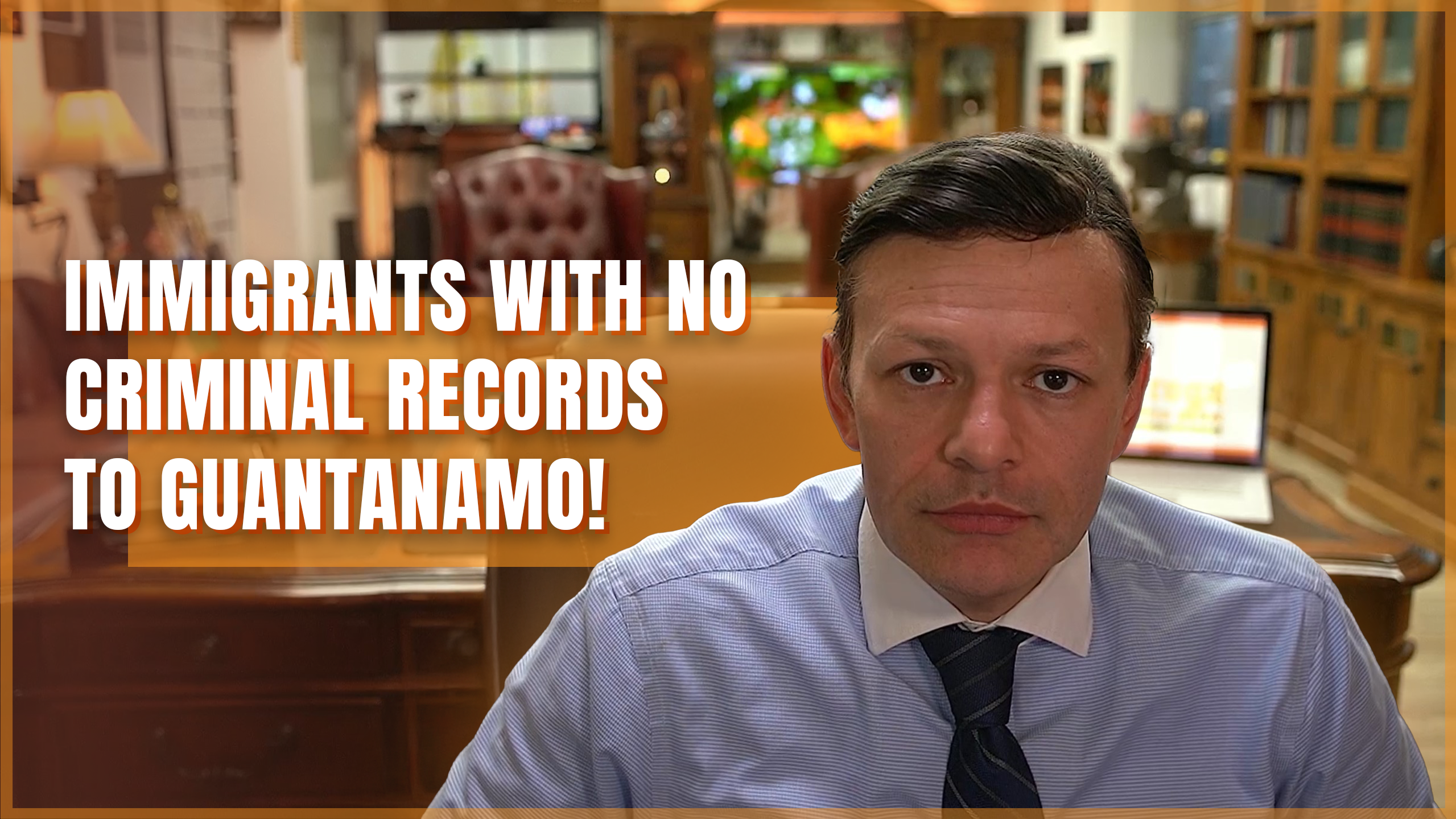Immigration in 1900 and Baseball
Between 1890 and 1914, 13.6 million people immigrated to the United States. If that number seems eerily familiar just remember that history has a way of repeating itself.
By 1900, the United States was in upheaval. The debate of the day, sometimes acrimonious and divisive, sometimes driven by ‘fake news’, sometimes marvelously debated, was about America’s place in the world.
The War with Spain had left us in control of Puerto Rico, Guam, Hawaii, Cuba, and the Philippines. The question of the day was ‘what do we do with it all?’ Lines were drawn among the ‘Imperialists’ – those who wanted the United States to expand overseas and the ‘anti-imperialists’ – those who thought we were better off directing all our efforts as a nation toward the Continental U.S..
It’s a debate that, of course, lingers to this day. What’s notable about the debates between 1898 and 1901 was the composition of the groups working together. The devout Christian, William Jennings Byran, the decidedly non-devout Mark Twain, and the richest man in the world, Andrew Carnegie all aligned against expansion abroad. William Randolph Hearst, the publisher, Vice President Theodore Roosevelt, former President Benjamin Harrison, and the ironically virulent anti-immigrant Henry Cabot Lodge, banded together to push for the new frontiers.
It was, indeed, an interesting time and into this atmosphere, once again driven by cataclysmic events around the world, came the 13.6 million immigrants. The other question of the day quickly became ‘how would they ever fit in?”
They did, of course. While doing so they probably saved one of the most iconic American institutions of the Roaring ‘90’s, Major League Baseball.
In 2017 it’s almost impossible to grasp what baseball – not the Majors, just baseball the game- was in 1900 and through to the early 1950s and age of TV. Simply, base ball (the two words weren’t pushed together until around 1930) was everywhere.
Every decent sized company had a baseball league – not a team, a full league. Four, five, ten teams playing every night of the week and all through the weekend. Every town, regardless of size, had a league comprised of the best company teams (or all-star squads), sports clubs, colleges, semi-pros, ringers. Every state had leagues comprised of the best players from all the other leagues. Regions had leagues made up of the best players from the best state leagues.
Here in Spokane, there was the Northwestern League, just one of the hundreds of leagues around the country. The Northwestern League, American Association, Eastern League, Texas League, Southern League, NY-Penn League, Pacific Coast League, all flourished. They had no connection whatever with the ‘majors’ they operated on their own, made money through ticket sales and ‘selling’ outstanding players to the Majors.
There were two, occasionally three, major leagues from 1890-1920. Leagues of the best of the best. But, they weren’t the major leagues of today, They were wild, largely unregulated, teams moved or folded or did both, players jumped leagues when they could, it was somewhat of a free-for-all. When the majors weren’t playing – or even when there was an off day mid-season – there was always a chance that when your local team played, say, the Pawtucket Clam Eaters, or Decatur Commies, that the right fielder or pitcher might be a major league star making a few extra bucks.
If that did happen, the odds were very high that his last name was Bresnahan, or McGraw, McGinnity, Kelly, Hamilton, or McIntyre. The Major Leagues were dominated in the 1890s by the Irish and Scots-Irish, second generation – and older – immigrants. The members of the Baseball Hall of Fame from that era read like a Scots-Irish history book.
The wave of immigrants were, largely, not baseball fans. They were about as immune to the charms of baseball as most of us are to cricket. They didn’t get the game and who can blame them, it takes some getting used to.
But their children took to it in a big way. They loved the game. As the game was everywhere, they had a chance to see it everyday, they had a chance to play it everyday. Non-stop. In cities, towns, on farms, they played because there were always games going on, always some rag-tag pickup game that needed a second baseman.
Lou Gehrig was a child of immigrants. His parents fled Germany, settled in Manhattan. He grew up on East 94th street. He played baseball virtually non-stop through his childhood. His first road game for Columbia University was the first time he ever played a baseball game outside the confines of New York City. Impossible to envision today, a common occurrence in the 1900s. Baseball was everything, even in otherwise packed cities.
Funny thing about baseball as, sadly, the Major Leagues didn’t really figure out until 1947: if you’re any good at all you’ll be accepted. Some people might not have been too enamored of a Jewish son of revolutionaries from the Ukraine but they’d certainly embrace his 90 mph fastball.
Baseball, then, allowed – encouraged, in fact – assimilation where it was otherwise impossible. It was the great equalizer. Which is great but only half the story.
By 1900 the Major Leagues were stagnating. There was no diversity. In the words of the baseball historian (and statistical guru) Bill James, major league “baseball in the nineteenth was in danger of becoming a game of the Irish, by the Irish, and for the Irish.” Baseball on the professional level was exclusive and unsustainable, it could have gone the way of softball.
The children of those 13.6 million immigrants saved major league baseball. By the mid-1920s baseball was as diverse as it could get while still being segregated. Players were no longer from a narrow slice of Americana, they were from … everywhere. With the success of every Gehrig, Lazzeri, Gomez, Crossetti, Heilman. Solomon, Frisch, DiMaggio, the stands filled and stayed filled with first and second generation children of immigrants.
It occurs to me, after the last eighteen months of pre-election rhetoric and the first week of a new administration, that the children of immigrants of the turn of the last century jumped feet first into a game of individuals and individual skills that can only be won when all those individuals work together.
That’s probably the lesson of America.


